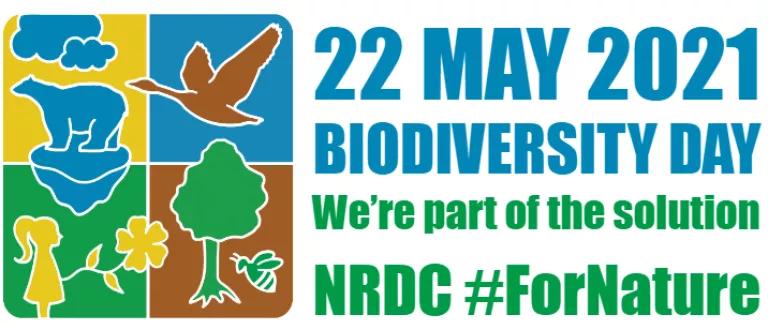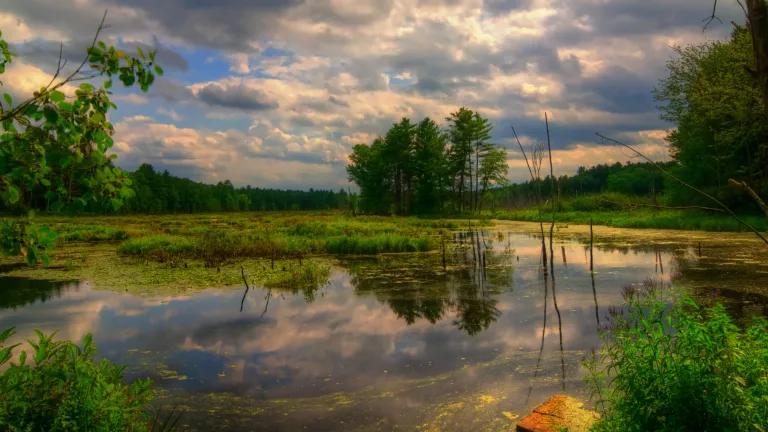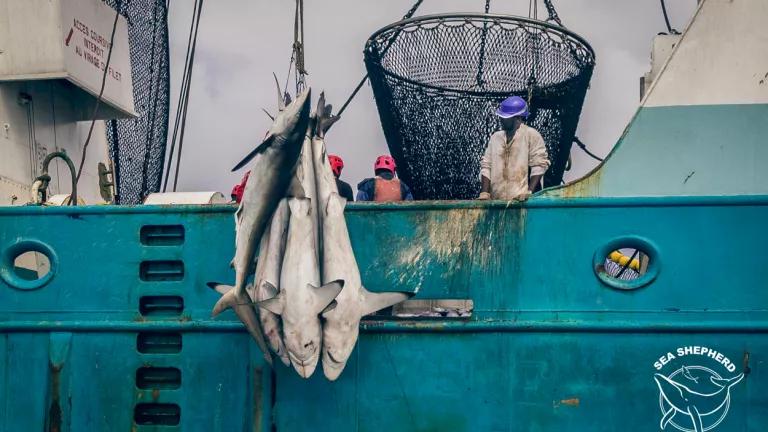Nature’s in Severe Decline. Together, We Can Save It
The scale and scope of the biodiversity crisis and its sister climate crisis are so immense that addressing them requires more than minor adjustments to how our societies and economies function.

The slogan for this year’s Biodiversity Day is “We’re part of the solution.” It’s an appropriate slogan because the kind of transformative change necessary to secure the natural life support systems on which we depend will alter all our lives. The scale and scope of the biodiversity crisis and its sister climate crisis are so immense that addressing them requires more than minor adjustments to how our societies and economies function. As part of the solution, we need to embrace the necessity of these changes and demand seismic structural shifts from those with power. To do otherwise is to stay on a path that threatens a million species with extinction, many within decades, and locks in the suffering of millions of people. Unless you’re a monster, the choice is clear.
Biodiversity Crisis Recap
Nature is in decline. As described by Robert Watson, former chair of the Intergovernmental Science-Policy Platform on Biodiversity and Ecosystem Services, “The health of ecosystems on which we and all other species depend is deteriorating more rapidly than ever. We are eroding the very foundations of our economies, livelihoods, food security, health and quality of life worldwide.” The data are alarming. Seventy-five percent of global land areas have been severely altered by human activity. More than 85 percent of wetlands have disappeared over the last 300 years and the loss of wetland is currently three times faster, in percentage terms, than forest loss. The global species extinction rate is tens to hundreds of times higher than the average over the last 10 million years and is accelerating. More than 500,000 terrestrial species have insufficient habitat for long term survival. More than 40 percent of amphibians, like frogs and salamander, are threatened with extinction as the water and moist environments most of them need to survive disappear. One third of marine fish stocks are overharvested and 60 percent are harvested at the edge of sustainability. And almost all warm-water coral reefs—the ocean’s nurseries—face significant losses and local extinctions, with all coral reefs projected to be threatened with extinction by 2050.
Humans are suffering. We depend on high functioning, thriving, and abundant-with-wildlife ecosystems to produce the critical foundations of human life and society like clean air, clean water, food security, crop pollination, and flood control. Land degradation has reduced crop productivity and we risk more than half a trillion dollars in annual global crops from pollinator loss. More than five hundred million people face food insecurity and hundreds of millions of people are at increased risk of floods and hurricanes because of losses of coastal habitat and protections. Forty percent of the global population lacks access to clean and safe drinking water, while industrial facilities dump 300-400 million tons of heavy metals, solvents, toxic sludge, and other wasted into the world’s waters every year. Altogether, one in five countries are at risk of their ecosystems collapsing because of declines in biodiversity and other natural services.
We’re Part of the Solution
Humanity’s had more than 40 years to build an understanding and shared vocabulary on climate change. As our knowledge and failures grew throughout this time, we’ve come to understand that we now face a climate crisis which necessitates deep structural changes in how energy is produced and consumed around the world. With the biodiversity crisis, we don’t have the relative luxury of spending 40 years educating ourselves about the decline of our natural world or the option of slight adjustments to busines as usual. Instead, as the Intergovernmental Science-Policy Platform on Biodiversity and Ecosystem Services concluded in its 2019 Global Assessment Report, we will only protect and restore nature with transformative change—a fundamental, system-wide reorganization across technological, economic and social factors, including paradigms, goals and values.
Transformative change is coming no matter what we do, but collectively we have a choice to make about the direction of that change. Humanity can stay on its present course—allowing a handful of corporations and wealthy elites to convert natural land and freshwater areas to other uses, irresponsibly harvest fish and wildlife, cut down forests, and pollute the natural world. If that's the path we take we will have to adapt and adjust to massive species extinction and human suffering and accept that we will pass on a world to future generations where ecosystems collapse and hundreds of millions of people struggle to survive.
Or, humanity can forge a new relationship with nature—compelling governments to ensure they dedicate more land, freshwater, and ocean areas to conservation and restoration, significantly reduce the volume of wild animals and plants harvested and traded, protect intact forests, and stop pollution at its source. If we take this path, we'll still have to adapt and adjust the way we live, but we'll pass on a world to future generations filled with abundant wildlife and people living in greater security.
Rarely are people asked to rise to the challenge of their time, but the biodiversity crisis puts all of us in that position. Forging a new relationship with nature will not be easy work because to do so we must change how we live, and we must learn to demand seismic shifts from those with power in how our societies and economies are organized. For example, we must protect at least 30 percent of land and inland waters and 30 percent of ocean areas by 2030 to significantly disrupt the habitat loss that is driving nature's decline. And we must ban most trade in wild plants and animals.
There are no easy actions we can take to save biodiversity. Instead, we must open ourselves up to changing how we live our lives and embrace the need to collectively destroy the systems and structures in place that continue to drive the annihilation of the natural world. We are all part of the solution.



